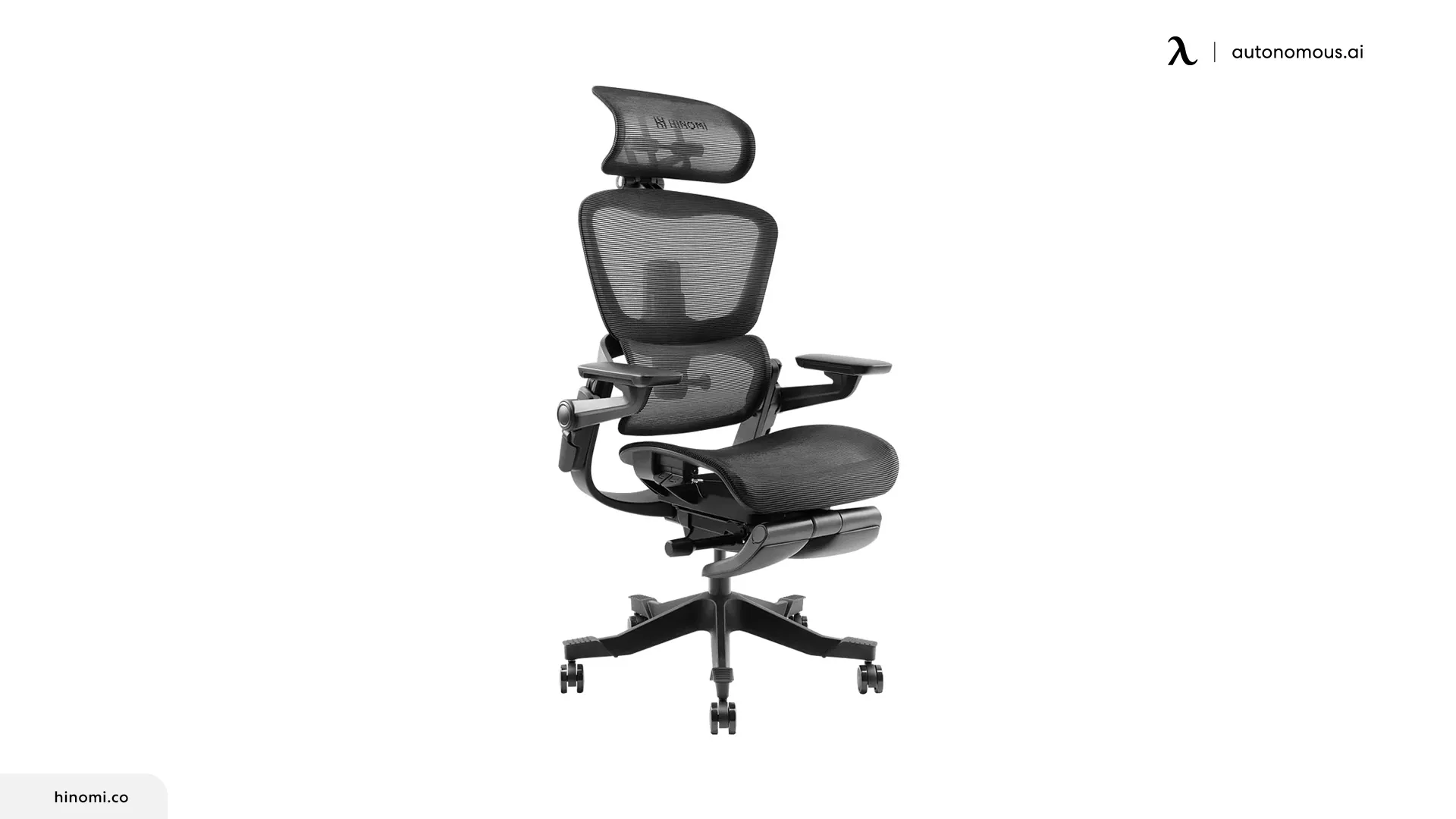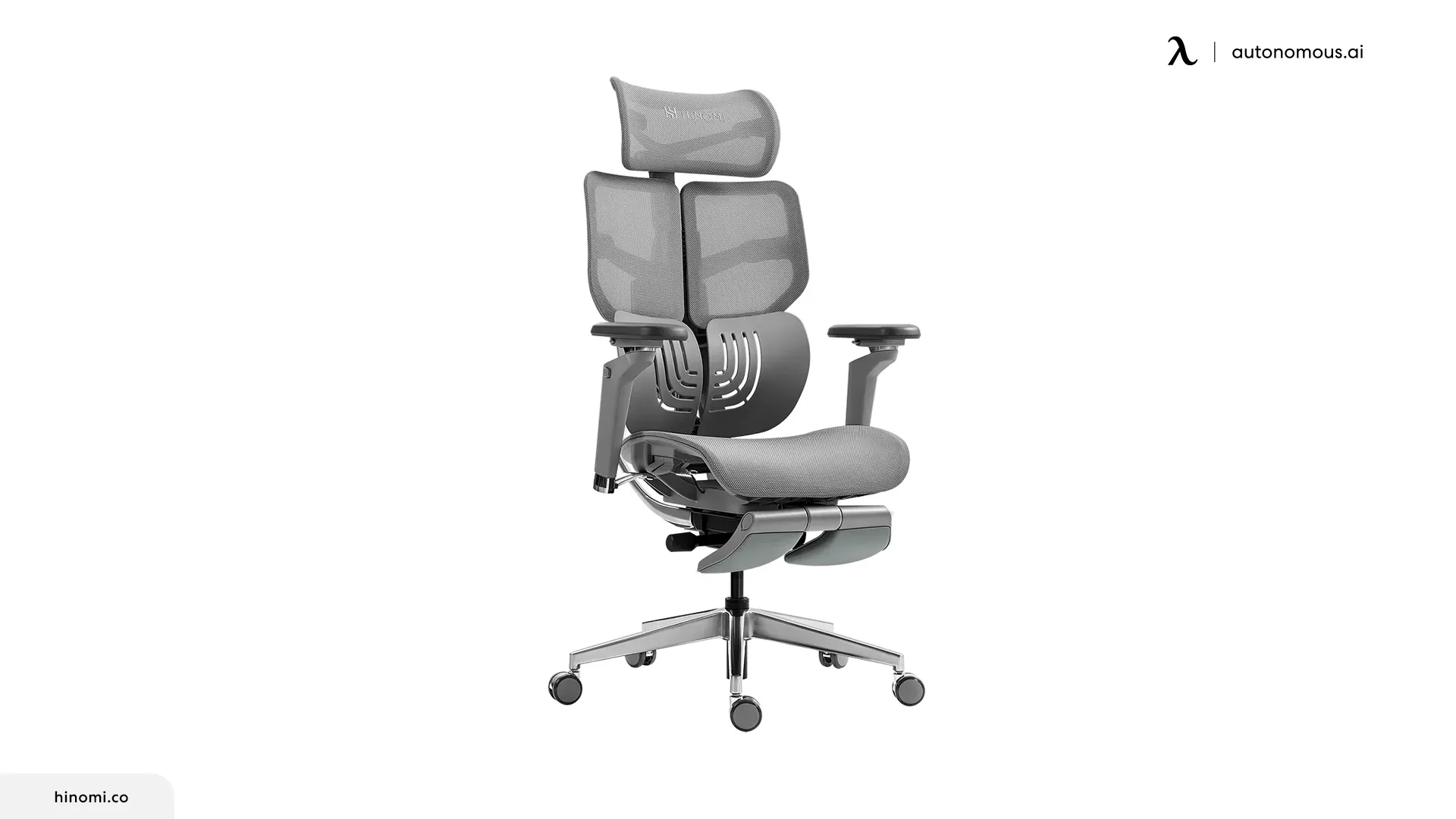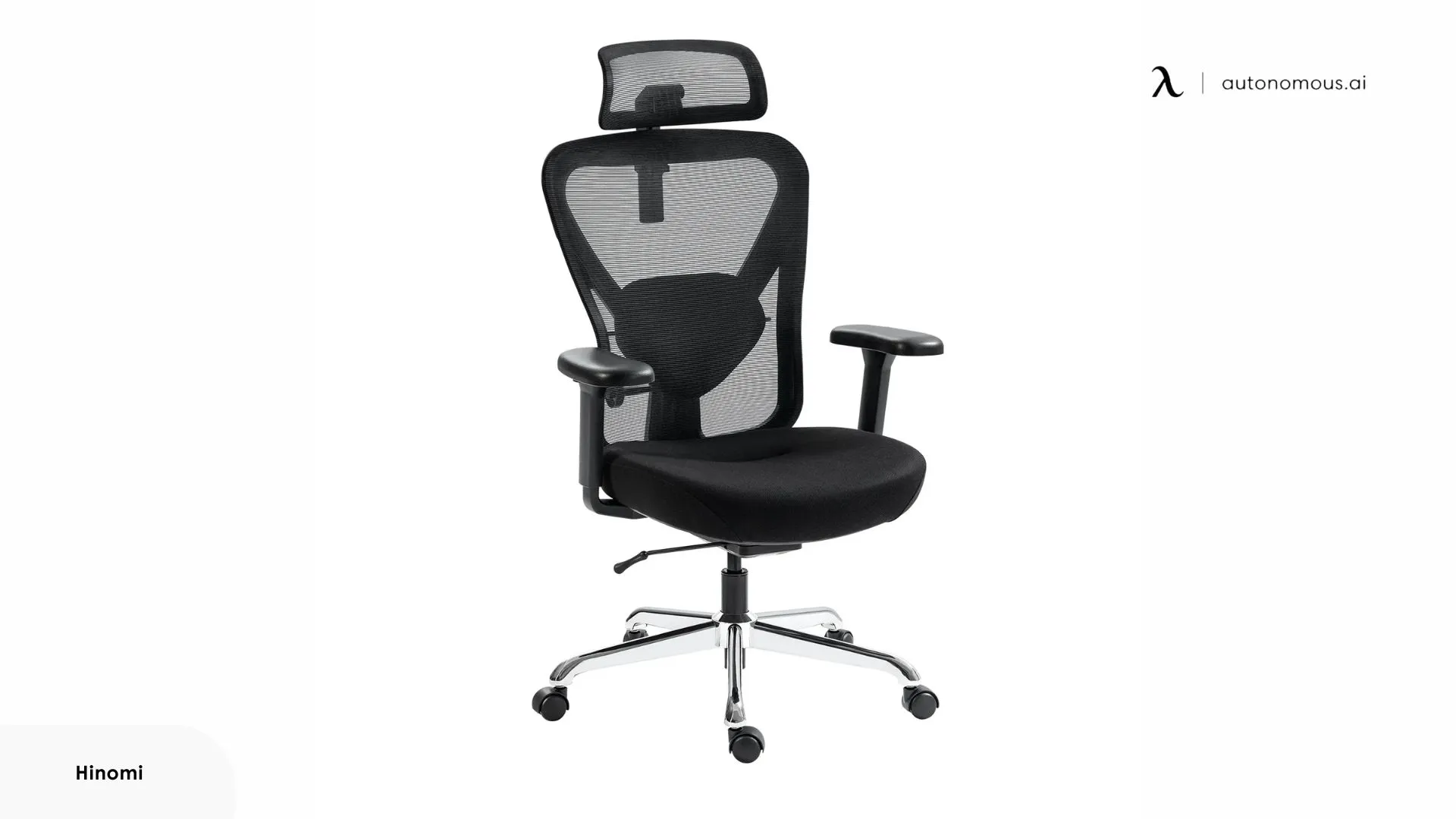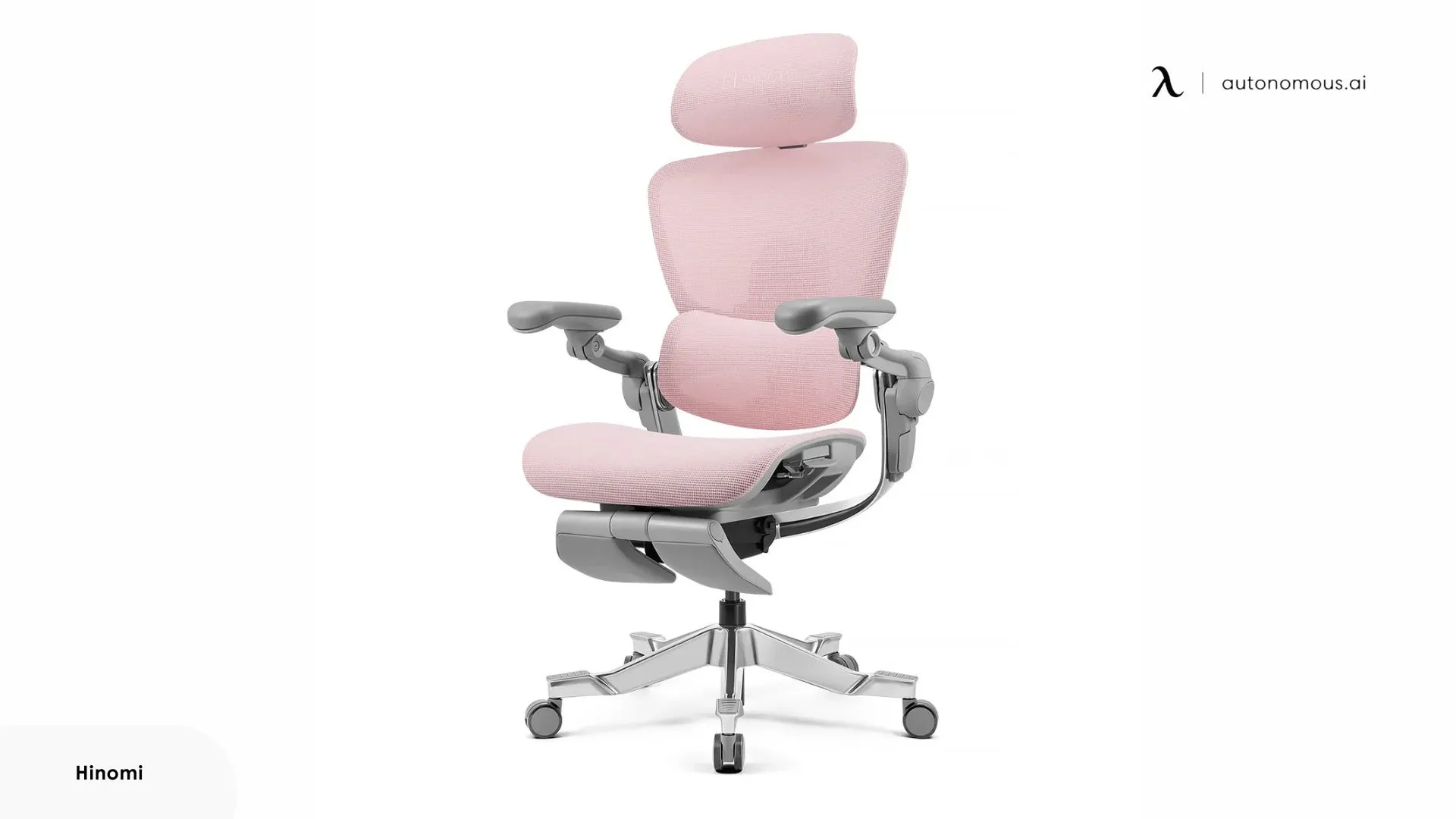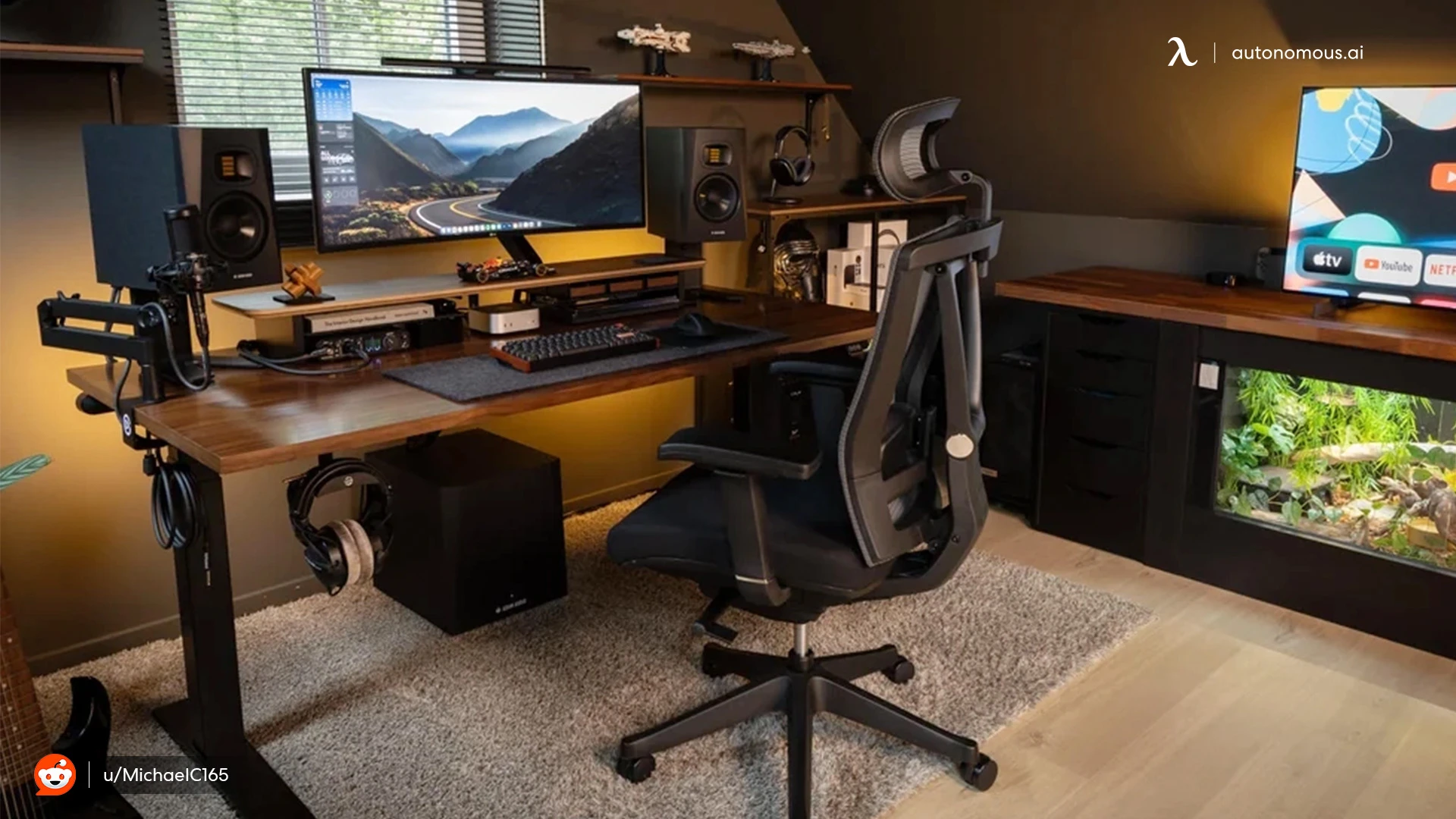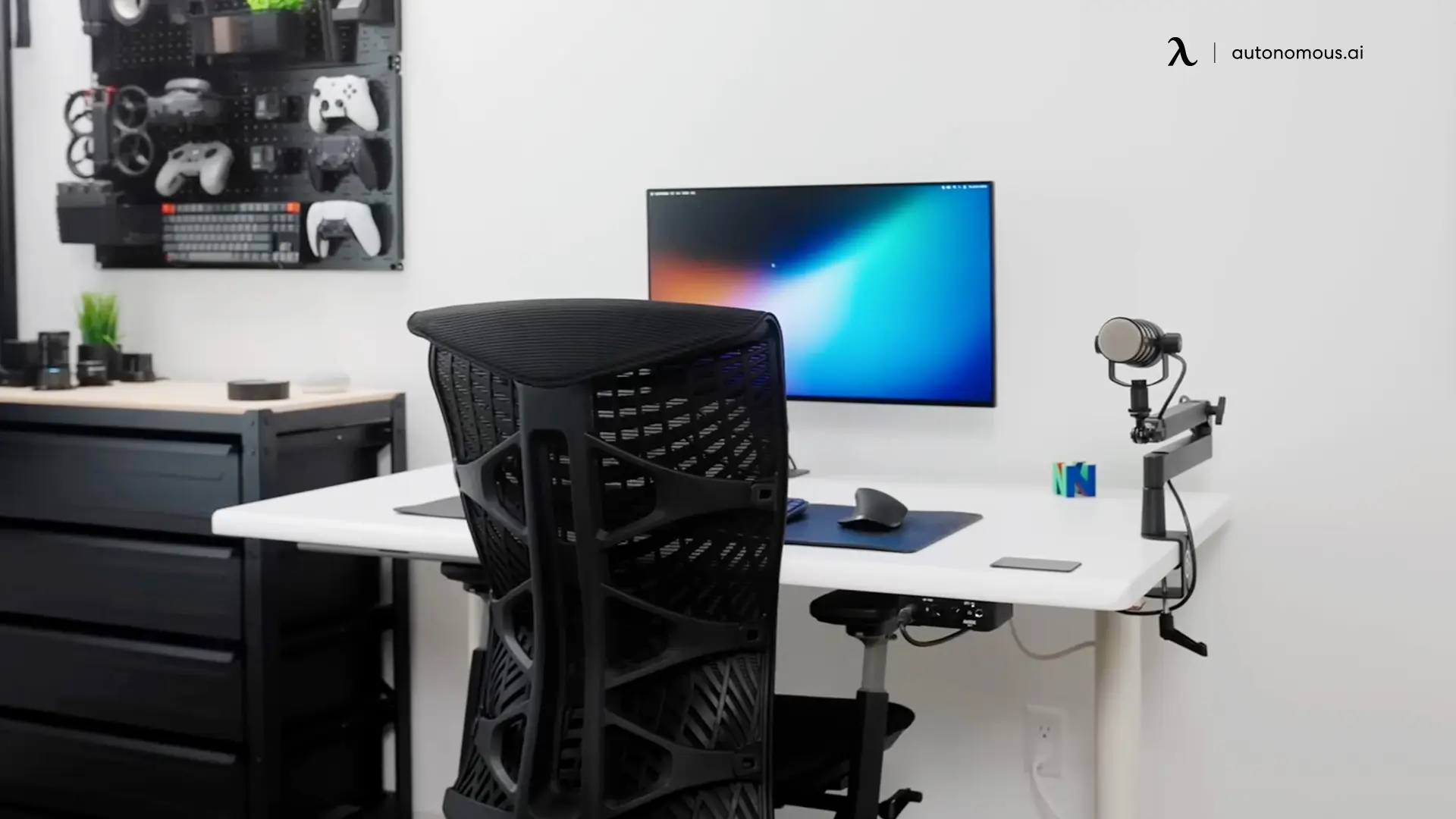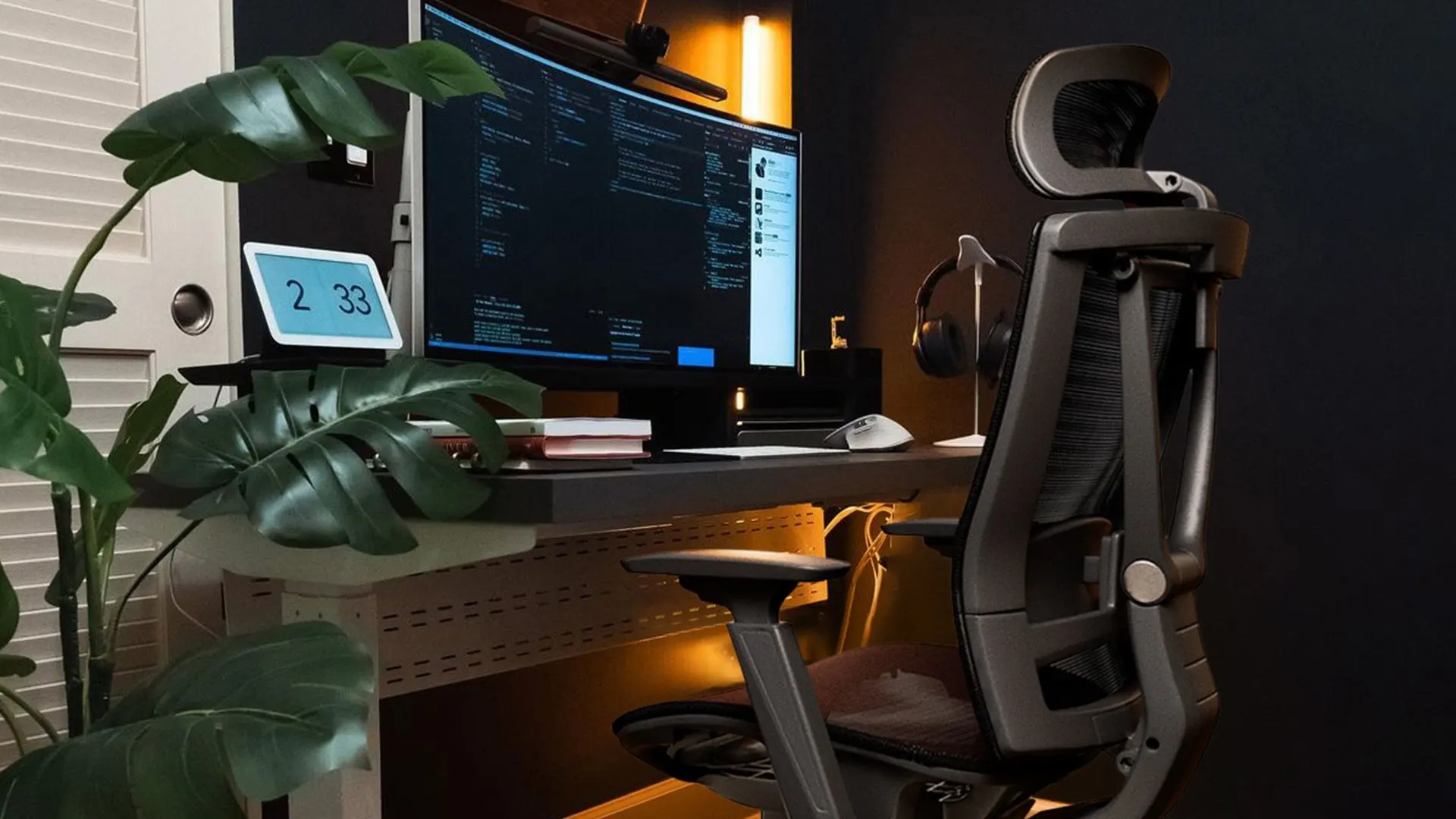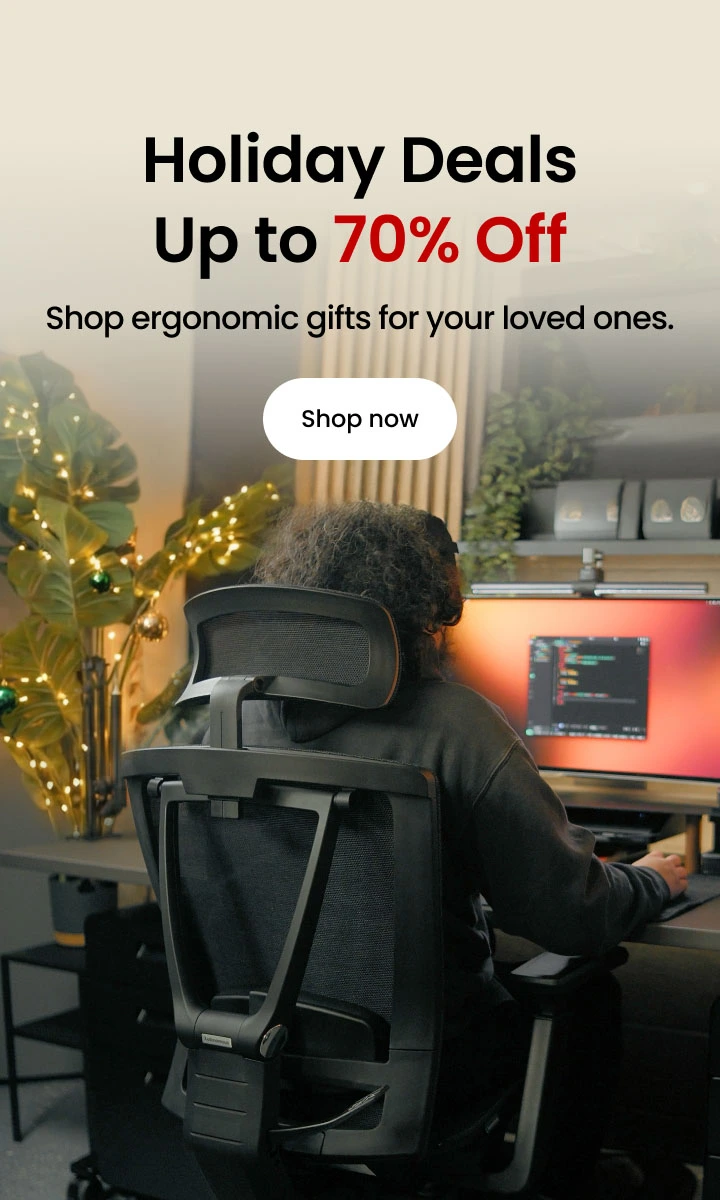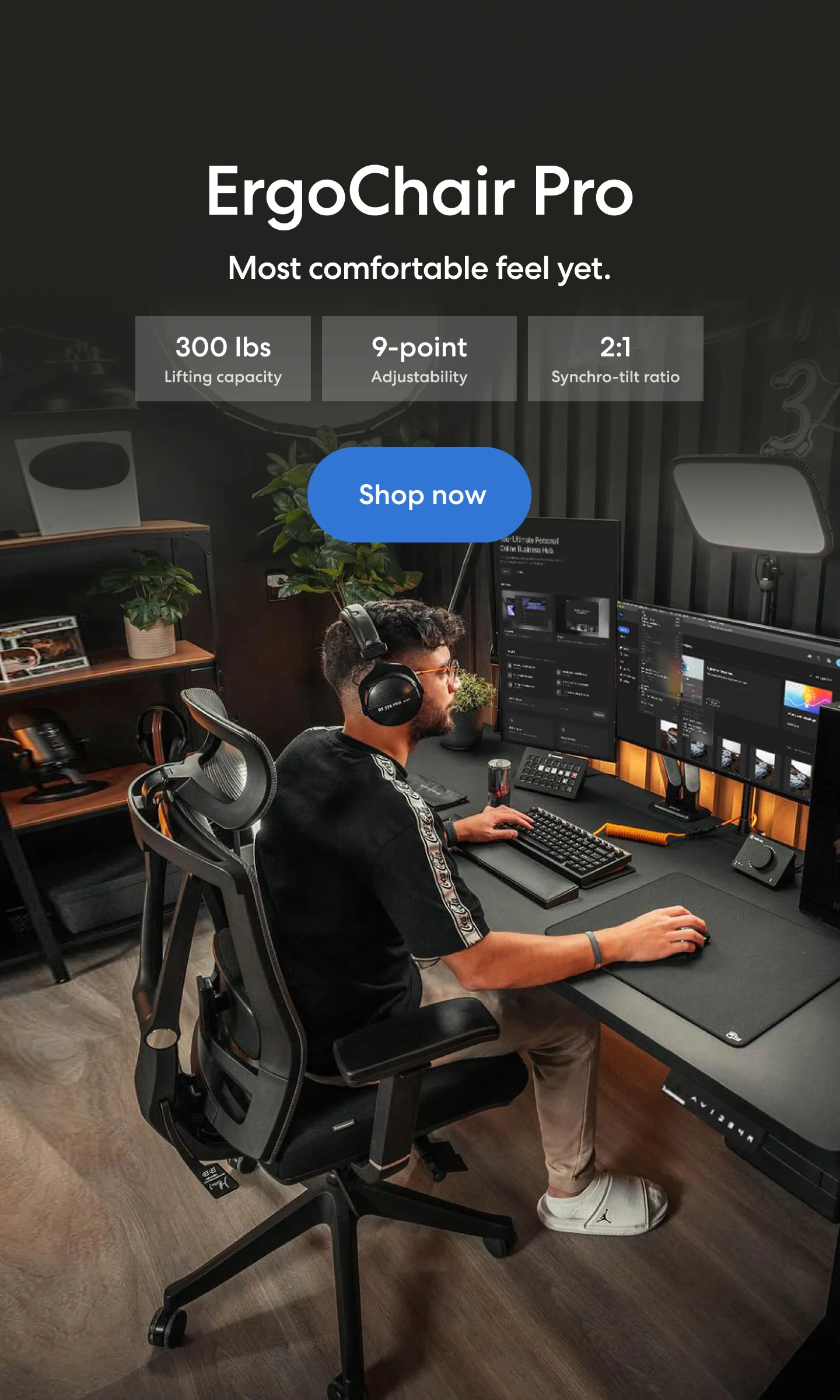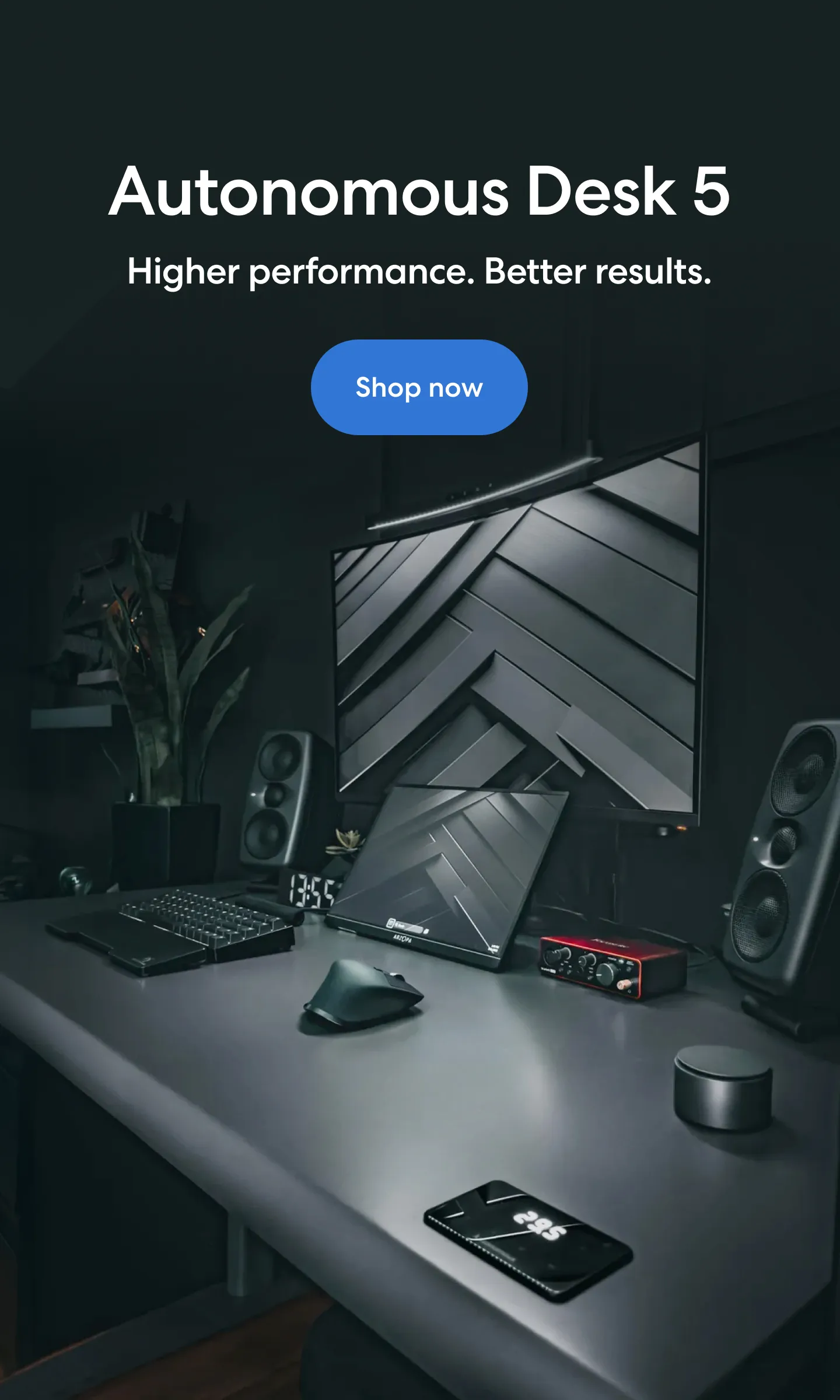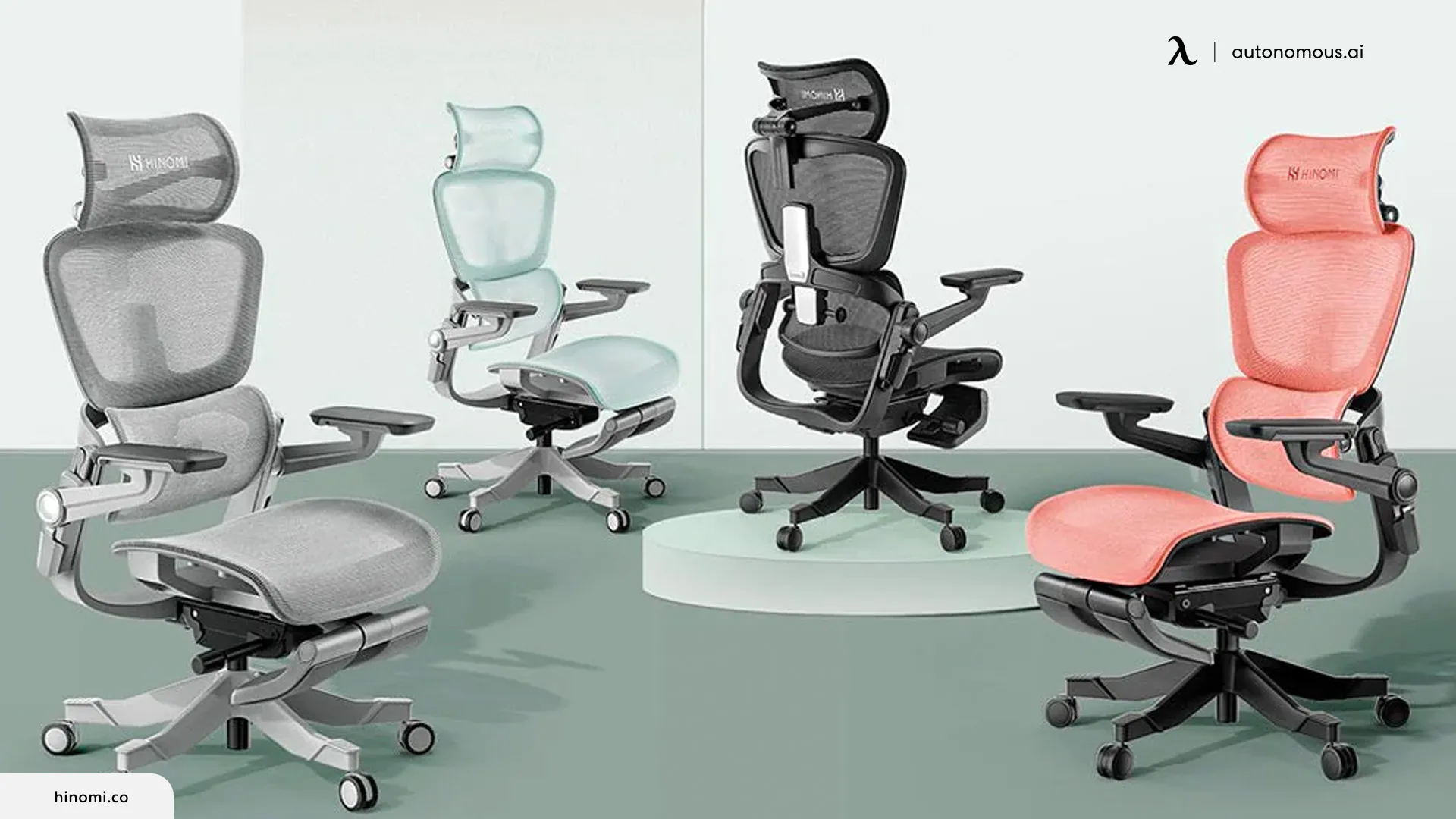
Hinomi Chair Reviews: Comfort, Ergonomics & Value
Table of Contents
When it comes to creating a workspace that supports both health and productivity, the right ergonomic chair makes all the difference. That’s where my Hinomi chair reviews come in. I’ve spent weeks testing their most popular models to see how they stack up in real-world use — from long workdays to quick breaks.
In this review, I’ll break down comfort, lumbar support, durability, and style, giving you a clear view of whether Hinomi chairs truly live up to the hype.
About The Hinomi Brand
Hinomi is a relatively young name in the ergonomic furniture world, but it’s quickly becoming a go-to for people seeking chairs that blend sleek design with everyday comfort. Based in Singapore, the company has expanded into the U.S., Europe, and beyond, gaining traction among professionals who work long hours at their desks.
What sets Hinomi apart is its design philosophy, which leans on a health-first approach while still paying attention to aesthetics. In many Hinomi office chair reviews, users highlight features like adaptive lumbar support and breathable mesh that make extended sitting more manageable. From my perspective, their products strike a balance: not flawless, but thoughtfully built for modern workspaces.
For anyone exploring a Hinomi ergonomic chair review, the focus is clear — practical innovation paired with a clean, contemporary look.
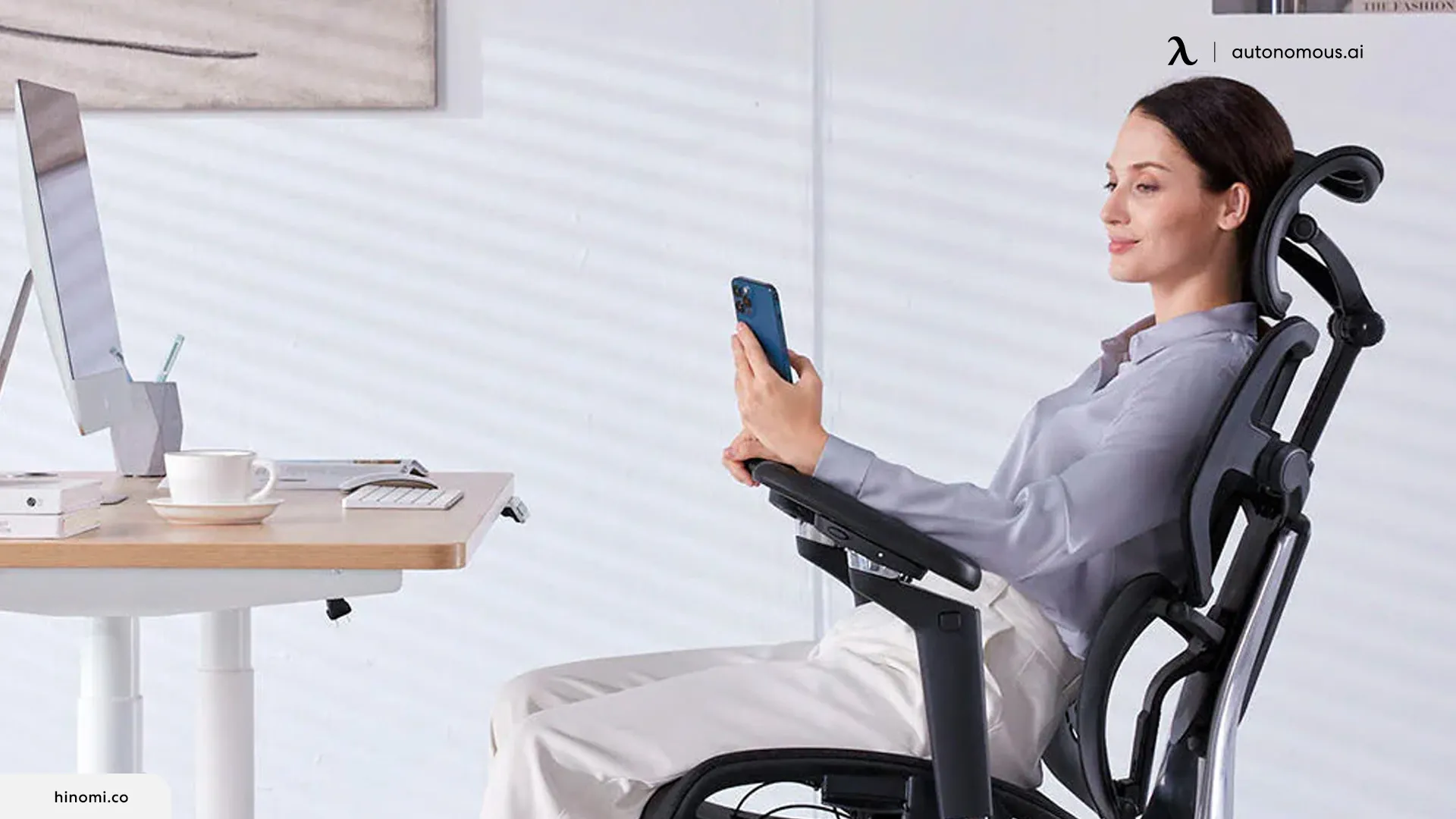
How We Tested The Hinomi Office Chairs?
To give you a fair and balanced perspective, I approached these Hinomi chair reviews with a mix of hands-on testing and real-world use. Each chair was evaluated over several days in different settings — a home office setup, a shared workspace, and even during late-night writing sessions. I paid attention to the basics like lumbar support, comfort, and adjustability, while also noting details such as assembly, build quality, and overall design.
Here are the key criteria I used to measure each chair:
- Ergonomics & lumbar support: How well the chair supports posture during long hours.
- Comfort: Seat cushioning, recline, and armrest adjustability.
- Durability & materials: Frame quality, the breathability of chair materials, and wear over time.
- Ease of use: Assembly process and daily adjustability.
- Value for money: Whether features and warranty justify the price.
Beyond the specs, I asked: Does the chair genuinely improve posture and focus during long hours, or does it simply look good on paper? That balance between function and style guided every part of this review process, much like how an office chair with spine support is judged by its ability to provide lasting comfort and health benefits, not just its design.
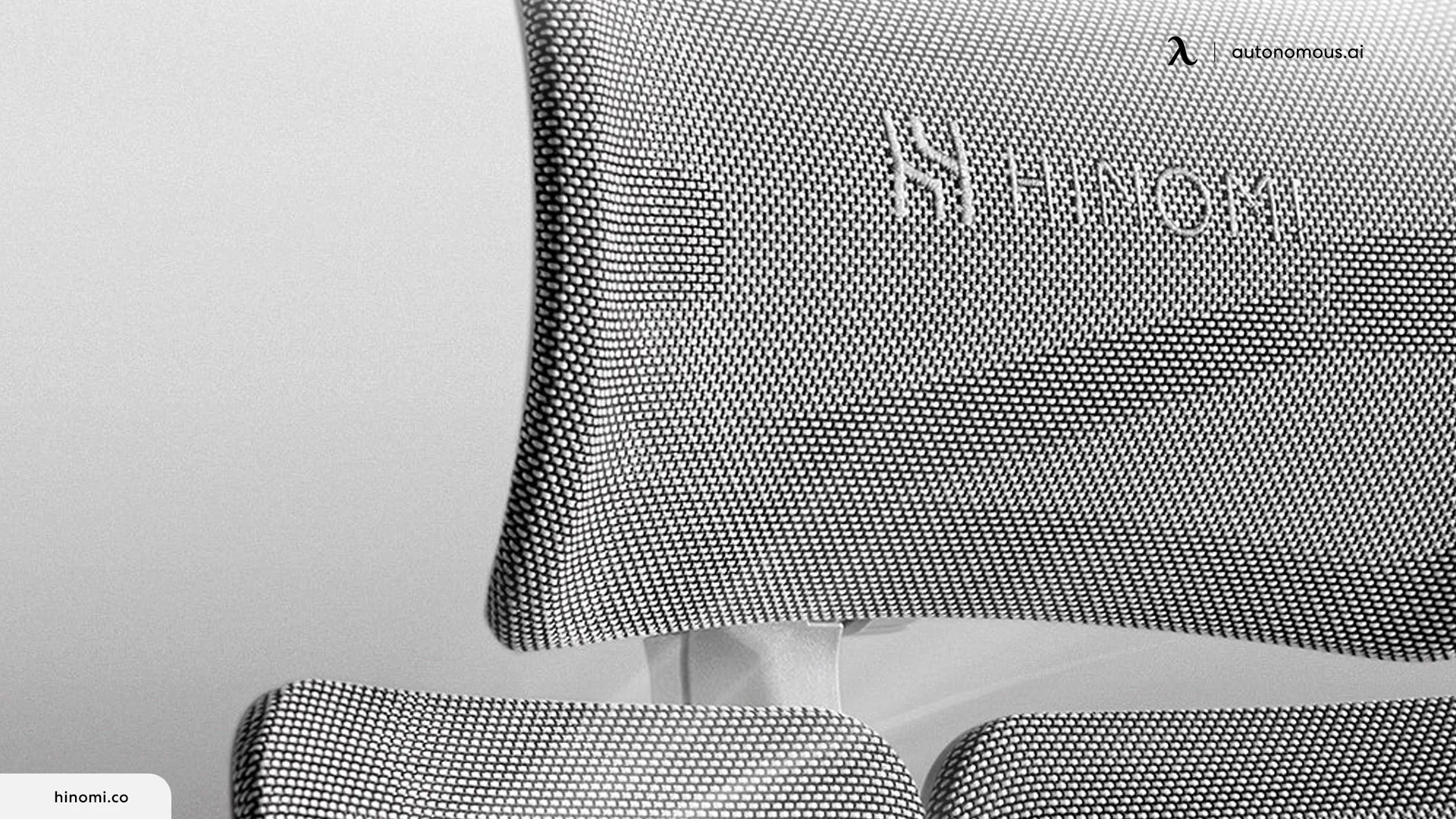
Hinomi Chair Reviews: Are They Worth It for Ergonomic Support?
A good ergonomic chair should do more than look stylish — it needs to support posture, reduce strain, and stay comfortable during long hours of use. In our review process, we looked closely at how Hinomi’s lineup performs in these areas. The following models stood out for their balance of lumbar support, adjustability, and build quality, giving a clearer picture of whether they’re worth the investment.
1. Hinomi H1 Pro V2 Review: Best for All-Day Support
Reviewed by Emily Chambers
Emily works primarily from her home office, where she spends long hours writing and editing. As someone who is taller than average and has dealt with recurring lower back pain, she pays close attention to ergonomic support when testing chairs.
With those needs in mind, she found the Hinomi H1 Pro ergonomic chair review particularly revealing, since many of the features echoed what users often seek in office chairs for scoliosis — structured lumbar support that adapts without forcing the spine into a rigid position.
The first feature that stood out to her was the double lumbar system. Many Hinomi chair reviews highlight this, and she agreed it makes a meaningful difference. Instead of locking her into a stiff posture, the lumbar system adjusted naturally with her movements, reducing the pressure that typically builds in her lower back. This kind of adaptive design is often praised in discussions of the best ergonomic chairs for neck pain, since lower back alignment directly influences neck comfort over long hours of sitting.
She also noted the versatility of the 5D armrests. Whether she was typing at her desk, leaning back to review documents, or simply shifting positions to stay comfortable, the armrests followed suit. However, she did mention that the firmness of the mesh might not appeal to users who prefer softer, cushioned upholstery.
With a reclining backrest, adjustable headrest, and retractable leg rest, the H1 Pro V2 transitioned easily between work and relaxation, much like a reclining office chair designed to support both productivity and recovery. Although the chair comes at a higher price point than entry-level ergonomic chairs, Emily felt the 12-year warranty reinforced its value as a long-term investment.
Pros:
- Adaptive double lumbar support that reduces back strain
- Highly adjustable: recline, headrest, leg rest, armrests
- Breathable mesh that improves airflow
- Simple and fast assembly
- Strong long-term value with a 12-year warranty
Cons:
- Mesh firmness may not suit those preferring cushioned comfort
- Higher price than basic office chairs
2. Hinomi X1 Ergonomic Office Chair Review: Executive Comfort With Luxury Build
Reviewed by Ryan Tanaka
Ryan spends much of his time in an executive office setting, where long meetings and hours at the desk are the norm. During his trial, the Hinomi X1 ergonomic office chair review revealed how this model differs from Hinomi’s other offerings.
The first feature Ryan highlighted was the 6D armrest system. Unlike simpler adjustments, these armrests allowed precise fine-tuning to match his sitting style, whether he was at the computer, reviewing paperwork, or leaning back during calls.
The four-panel backrest offered steady support through his lower and mid-back. It helped reduce stiffness during long meetings, which Ryan often struggles with, functioning much like ergonomic chairs with adjustable lumbar support that are designed to provide consistent alignment and reduce fatigue over long hours.
Still, he found the support firmer than expected — comfortable for upright sitting, but not as relaxed when reclining for longer breaks. Also, the chair’s heavier frame made it less convenient to shift around his office, which he considered a drawback for those who need more flexibility.
Visually, Ryan appreciated the X1’s clean, modern design. It carried the polished look he expects in a professional setting. He noted, however, that the wider frame leaves less room for alternative postures, which may not suit users who prefer office chairs for sitting cross-legged or other flexible seating styles.
However, he couldn’t ignore that its price sits well above Hinomi’s other models. For him, the X1 makes sense if you’re investing in a chair that doubles as both a work tool and a design statement — but it’s not the most practical choice for everyone.
Pros:
- 6D armrests offer unmatched customization
- Four-panel backrest gives even lumbar and mid-back support
- Professional design suitable for executive offices
Cons:
- Higher cost compared to other Hinomi models
- A slightly heavier frame makes it less mobile
3. Hinomi Q1 Ergonomic Office Chair Review: Compact and Flexible
Reviewed by Mark Hernandez
Mark specializes in workplace ergonomics, so when he tested the Q1, he was curious to see how Hinomi’s more compact design would hold up against their flagship models. His Hinomi Q1 ergonomic chair review showed that this chair aims to deliver solid ergonomics in a smaller, more budget-friendly package.
What he noticed first was the Q1’s slimmer frame. For users with smaller home offices or shared spaces, this felt like a clear advantage. It didn’t overwhelm the room the way bulkier chairs sometimes can.
In terms of support, the lumbar system was responsive but simpler compared to higher-end Hinomi chairs. It gave him enough lower back support to feel comfortable through a standard workday, though he felt it might not be strong enough for those dealing with chronic back pain. This is a common concern in discussions about office chairs for sciatica, where targeted lumbar and seat design can make a noticeable difference in easing pressure.
The seat cushioning leaned on the firmer side, which can be a positive for posture but less appealing if you like a plush feel. He also highlighted adjustability. The Q1 still offered a range of recline and armrest adjustments, though fewer than Hinomi’s premium models.
At the same time, he noted that users who need more upper spine comfort might consider adding neck support for office chairs, since the Q1’s design emphasizes lumbar and seat support over head and neck adjustments.
Overall, Mark viewed the Q1 as a smart choice for smaller spaces and users who want reliable ergonomics without paying top dollar. It’s not the big and tall office chair for everyone, especially if you’re taller or need maximum lumbar customization, but it fills its niche well.
Pros:
- Compact frame fits well in small offices
- Straightforward, user-friendly adjustability
- Good ergonomic support for everyday work
- A lighter build makes it easy to move
Cons:
- Less sturdy than bulkier Hinomi models
- Lumbar support is not as advanced as H1 Pro or X1
- A firmer seat may not suit those preferring plush comfort
4. Hinomi H2 Pro Ergonomic Home Office Chair Review: Built for Hybrid Work
Reviewed by Ethan Johnson
As someone who focuses on the intersection of comfort, function, and style, I was most interested in the H2 Pro — Hinomi’s latest addition, designed specifically with home offices in mind. My Hinomi ergonomic chair review of this model revealed a chair that feels like a response to shifting work habits, where people expect their office furniture to perform in multiple ways.
The lumbar system has been upgraded compared to earlier Hinomi models. I found the support more responsive when leaning back, which made it easier to stay comfortable during long writing sessions. It still doesn’t fully rival high-end chairs from legacy brands, but for its price range, the H2 Pro does a convincing job of supporting posture without feeling too rigid.
The recline mechanism felt smoother than the H1 Classic and even the H1 Pro V2, giving a more natural transition between upright work and short breaks. The seat cushioning struck a middle ground — firm enough to promote alignment but with a touch more softness than the mesh-only models.
This type of balance between firmness and adaptability is similar to what many look for in orthopedic chairs for the elderly, where the goal is steady support without sacrificing day-to-day comfort.
The design was slimmer and more understated than the executive-style X1. That said, I did feel the armrest adjustments were less precise than the H1 Pro V2, so if fine-tuning is a top priority, this might fall short.
Overall, the H2 Pro felt like a chair built for people who want serious ergonomic support without turning their home office into a corporate setup. It won’t check every box for those seeking maximum adjustability, but it balances practicality, comfort, and style in a way that makes sense for hybrid work.
Pros:
- Upgraded lumbar system offers better posture support
- Smooth recline mechanism for natural movement
- Balanced cushioning — firm yet comfortable
- Slim, modern design that suits home offices
- Thoughtful update compared to earlier Hinomi models
Cons:
- Armrest adjustments are less precise than H1 Pro V2
- Not as robust as high-end executive chairs
- Still priced higher than basic ergonomic chairs
Hinomi vs Autonomous: Which Should You Choose?
Autonomous has built a reputation for creating ergonomic solutions that balance affordability with modern functionality. Its chair lineup covers a wide range of needs:
- The Autonomous ErgoChair Pro, a versatile option with strong adjustability at a mid-tier price.
- The Autonomous ErgoChair Ultra 2, which introduces adaptive spinal support and AI-powered ergonomics.
- The Autonomous ErgoChair Mesh, a lighter, breathable mesh chair designed for those who want comfort on a tighter budget.
1. Ergonomic Compared
Together, these chairs give Autonomous broad appeal for both home offices and larger workspaces. To see how they compare directly with Hinomi’s lineup, let’s break it down across ergonomics, comfort, adjustability, and value.
Brand | Key Strengths |
Hinomi | Advanced lumbar engineering, including the double-lumbar system and the four-panel backrest. Designed to maintain spinal alignment and reduce back strain during long sitting hours. |
Autonomous | Consistent ergonomic support across all models, with adaptive mechanisms in higher-end chairs like the ErgoChair Ultra that automatically respond to posture shifts. |
Hinomi puts most of its engineering into spinal alignment and back health, making it a good choice for people with posture concerns. Autonomous spreads its focus more broadly, ensuring all-day usability with less effort, especially for users who don’t want to tweak settings often.
2. Comfort Compared
Brand | Comfort Experience | Who It Suits |
Hinomi | Mesh-focused seating for airflow. Seat cushions lean firm, keeping posture upright but not overly plush. | Professionals who sit long hours and prefer posture-driven comfort. |
Autonomous | Balanced mix of cushioning and mesh for a softer, more forgiving feel that appeals to a broad range of comfort preferences. | Users who like a balanced chair that feels comfortable right away. |
Hinomi is better if you see comfort as something that comes from structured support and breathability. Autonomous wins if your idea of comfort is a gentler, cushioned seat that doesn’t need an adjustment period.
3. Adjustability Compared
Brand | Adjustment Range | Ease of Use |
Hinomi | Precision tuning with 5D–6D armrests, multi-level recline, headrests, and leg rests in select models. | Best for users who enjoy fine-tuning details and customizing fit. |
Autonomous | Straightforward adjustability across the lineup, with AI-powered adjustments in premium chairs that simplify customization. | Great for users who prefer simple controls and less manual setup. |
Hinomi appeals to the detail-oriented adjuster — someone who likes dialing in their chair exactly how they want it. Autonomous is for the set-and-forget type who values straightforward, intuitive adjustments, especially with AI helping in the background.
.webp)
FAQs
1. Where are Hinomi chairs made?
Hinomi chairs are designed in Singapore and manufactured through the brand’s global supply chain, with distribution centers in regions such as the U.S., Europe, and Asia. This allows the company to keep its ergonomic designs consistent while making the chairs widely available worldwide.
2. Are Hinomi chairs worth it?
Hinomi chairs are considered worth it for users who want strong lumbar support, long warranties, and ergonomic adjustability at a mid-to-high price point. While they cost more than entry-level chairs, many Hinomi chair reviews highlight their durability and comfort as good long-term value.
3. What are the benefits of Hinomi chairs?
The main benefits of Hinomi chairs include advanced lumbar support, highly adjustable features, and breathable mesh designs that promote airflow during long hours of sitting. Many Hinomi chair reviews also point to their durability, with warranties lasting up to 12 years.
4. Can Hinomi help with posture?
Yes. Hinomi chairs are built with posture alignment in mind. Features like the H1 Pro V2’s double-lumbar system and the X1’s four-panel backrest are designed to encourage an upright sitting position and reduce slouching.
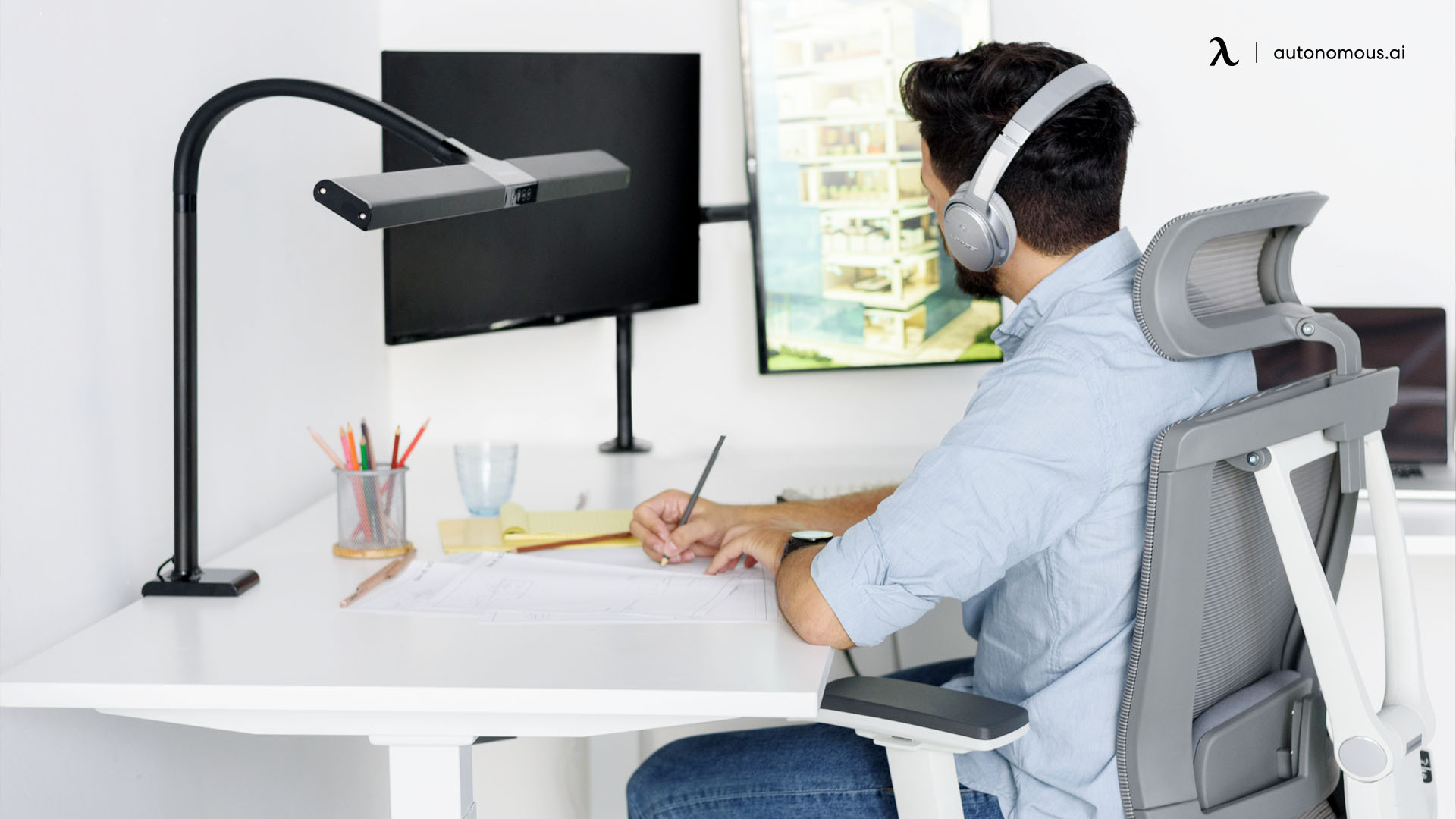
5. How does Hinomi relieve pressure?
Hinomi chairs relieve pressure by combining firm, adaptive lumbar support with breathable mesh seating. The lumbar systems distribute weight more evenly across the back, while the mesh reduces heat buildup and improves circulation.
6. Which Hinomi chair is best for back pain?
The H1 Pro V2 is often recommended in Hinomi H1 Pro chair reviews because of its double-lumbar support, which adapts to posture and helps reduce lower back strain. The X1 is also noted for its four-panel backrest, providing steady support during long hours.
7. How does the Hinomi H1 Pro compare to other ergonomic chairs?
In many Hinomi H1 Pro ergonomic chair reviews, this model is praised for offering more precise lumbar support and adjustability than standard mid-range chairs. Compared to premium brands, it holds up well in comfort and warranty, but at a more accessible price point.
8. Is the Hinomi H2 Pro good for home offices?
Yes, the H2 Pro is designed with hybrid and home office use in mind. Hinomi ergonomic chair reviews note its smoother recline and balanced cushioning, making it a comfortable choice for users who want professional ergonomics in a slimmer, home-friendly design.
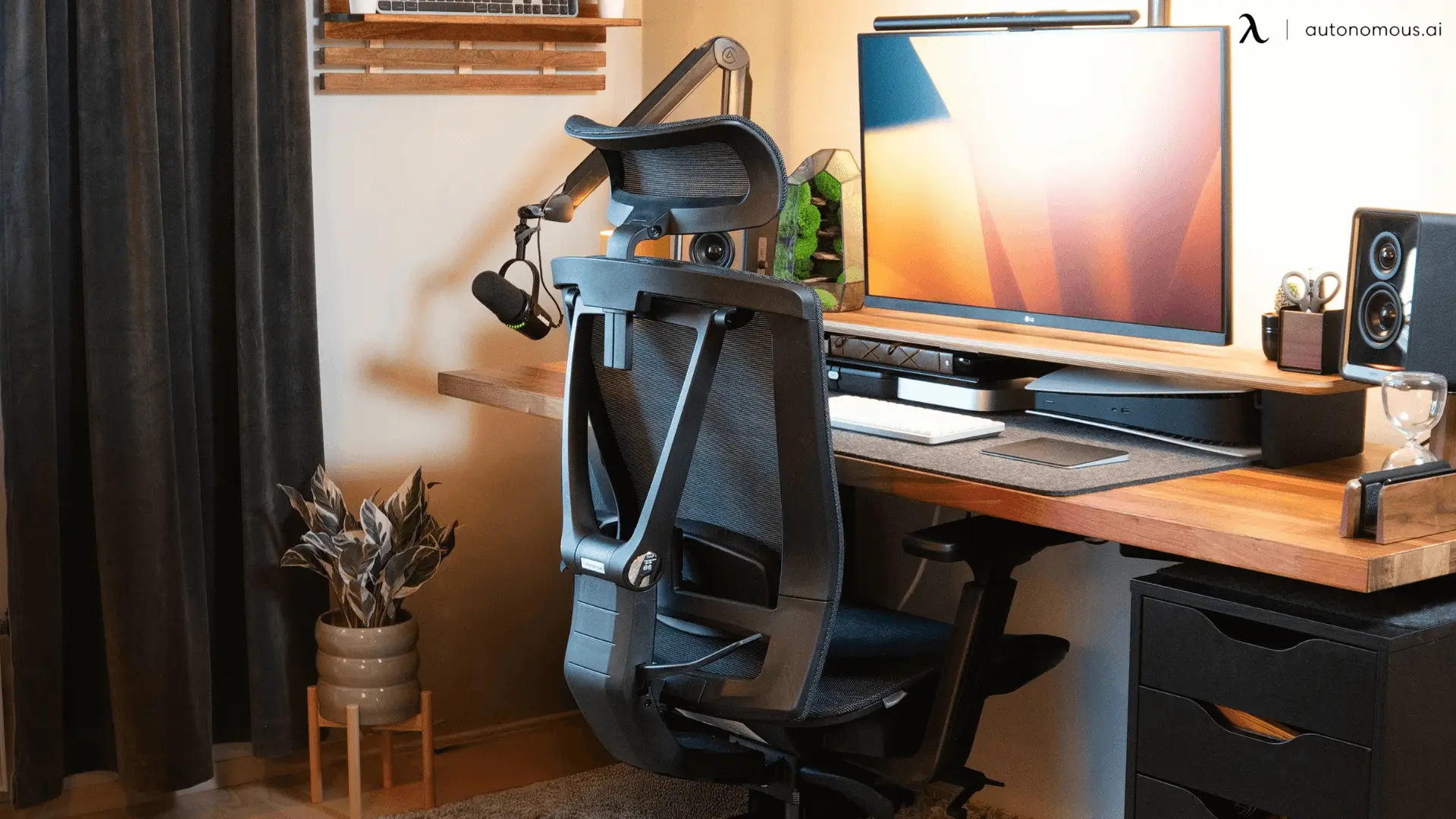
Final Verdict On Our Hinomi Chair Reviews
After testing across the H1 Pro V2, X1, Q1, H1 Classic, and H2 Pro, one thing became clear — Hinomi chairs consistently put ergonomics at the center of their design. Each model has its strengths: the H1 Pro V2 excels at double lumbar support, the X1 brings an executive-level finish, the Q1 works well in compact setups, the Classic offers reliable basics, and the H2 Pro bridges function with home-office style.
These Hinomi chair reviews also show that no single chair is perfect for everyone. Firmer mesh and premium pricing may not suit every preference, but the long warranties and adaptive designs give them strong long-term value. If you’re looking for posture-focused ergonomics wrapped in modern styling, Hinomi delivers — with enough variety across its lineup to match different work habits and budgets.
Spread the word
.svg)

